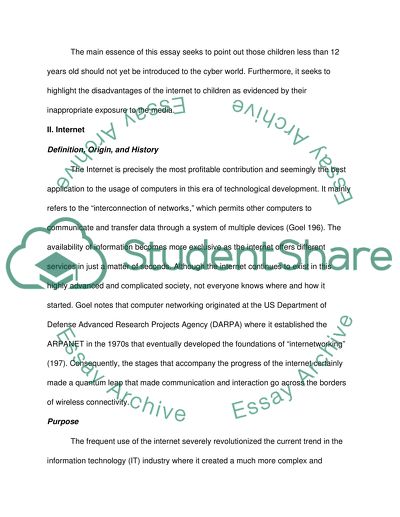Cite this document
(“The Downside of Internet Consumption among Children Research Paper”, n.d.)
Retrieved from https://studentshare.org/english/1454348-research-paper-about-science-and-technology-affect
Retrieved from https://studentshare.org/english/1454348-research-paper-about-science-and-technology-affect
(The Downside of Internet Consumption Among Children Research Paper)
https://studentshare.org/english/1454348-research-paper-about-science-and-technology-affect.
https://studentshare.org/english/1454348-research-paper-about-science-and-technology-affect.
“The Downside of Internet Consumption Among Children Research Paper”, n.d. https://studentshare.org/english/1454348-research-paper-about-science-and-technology-affect.


